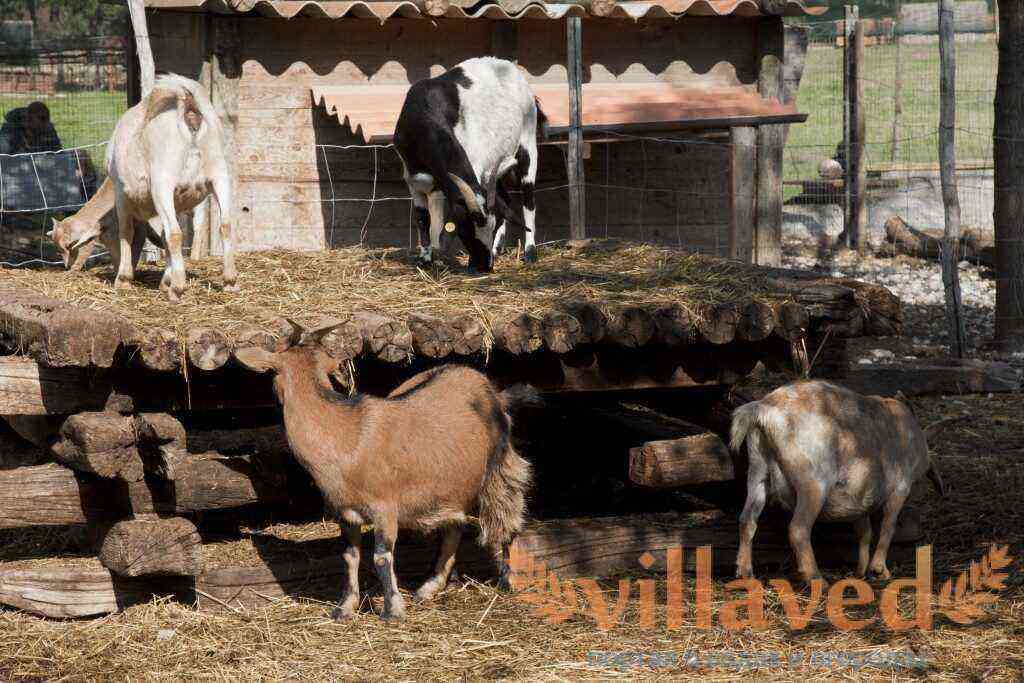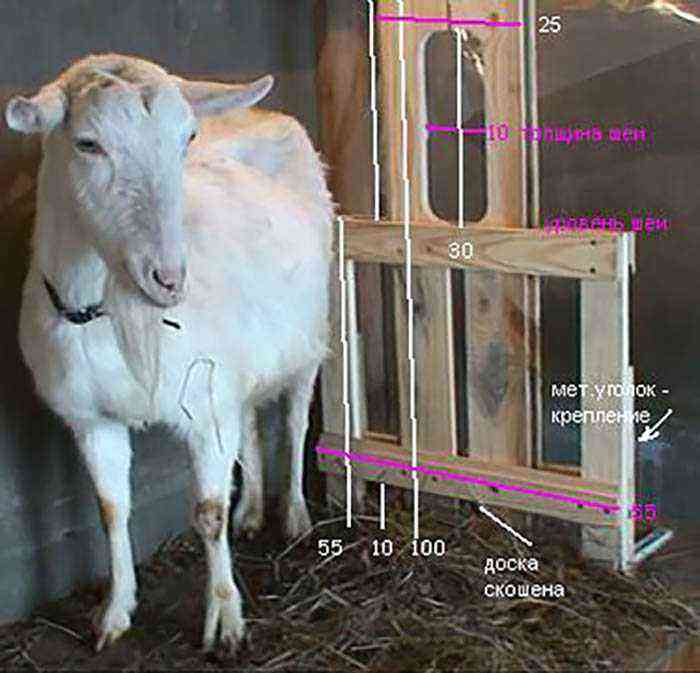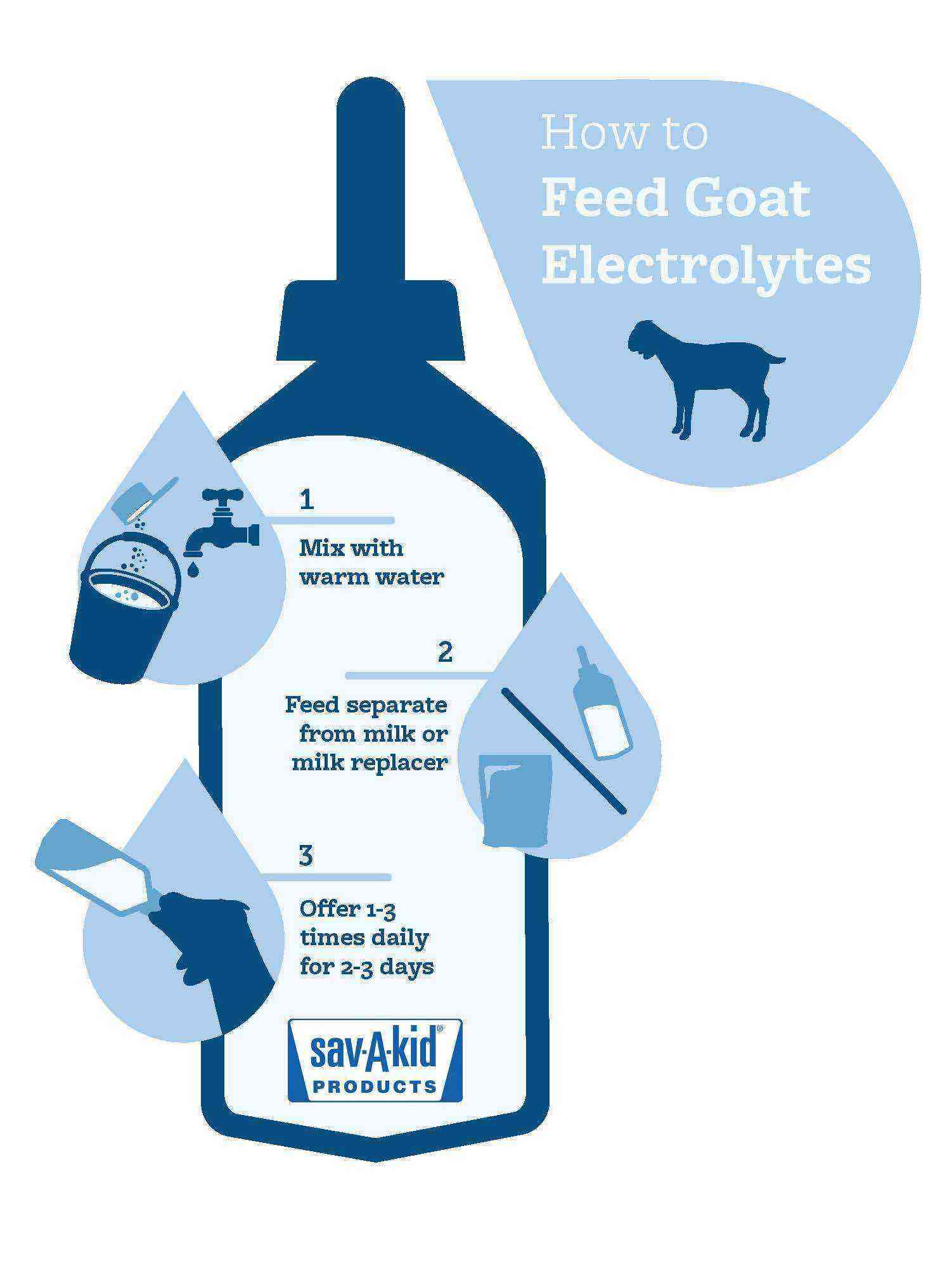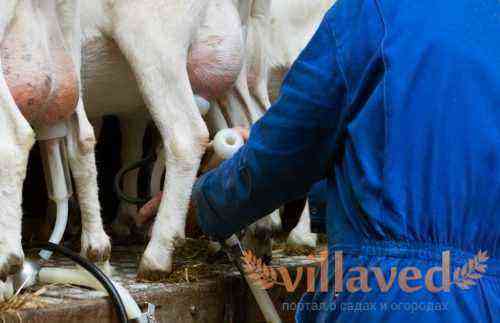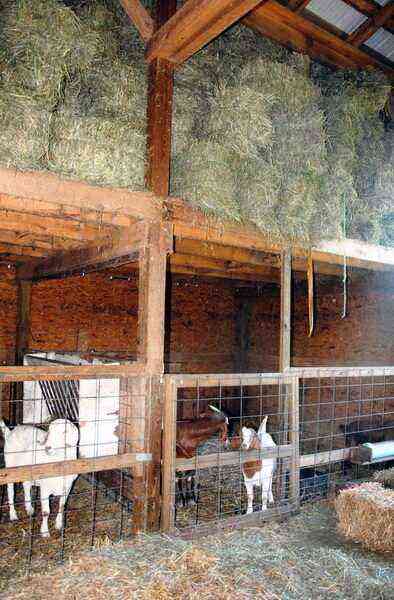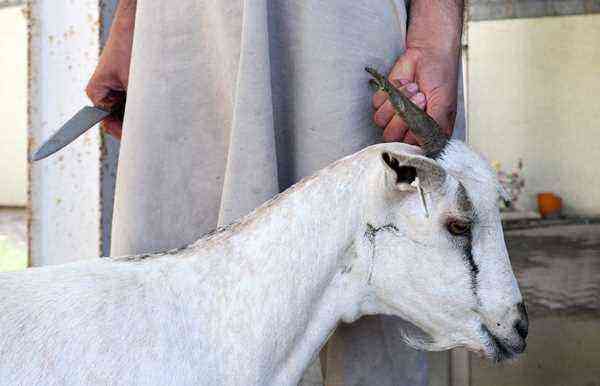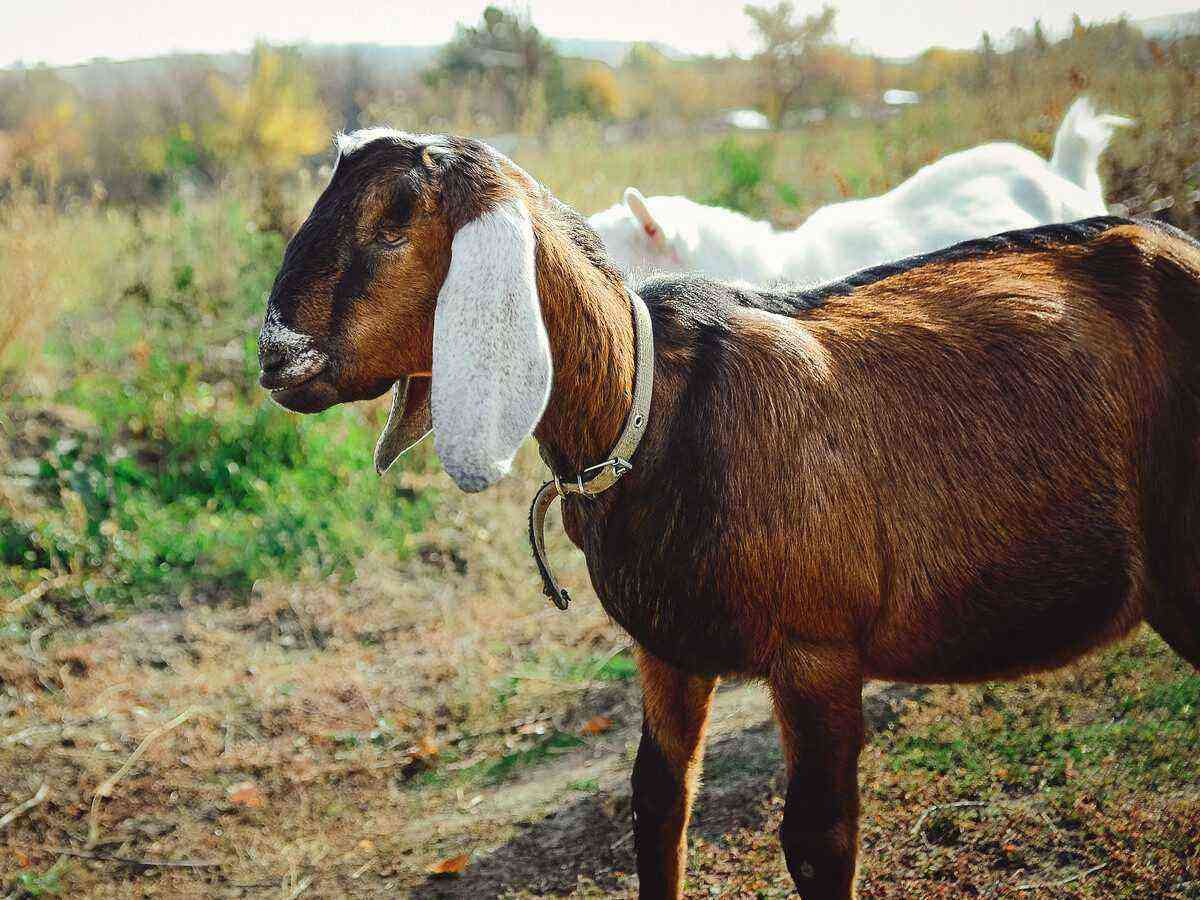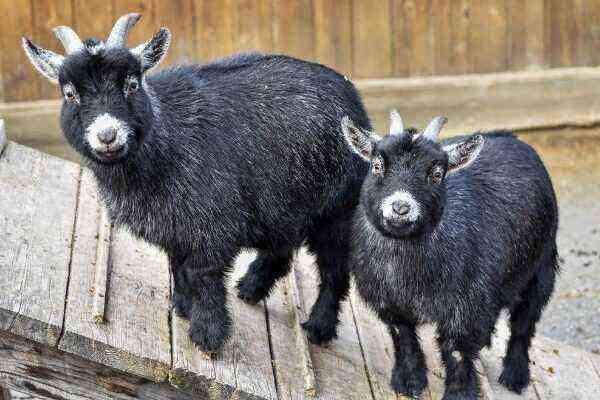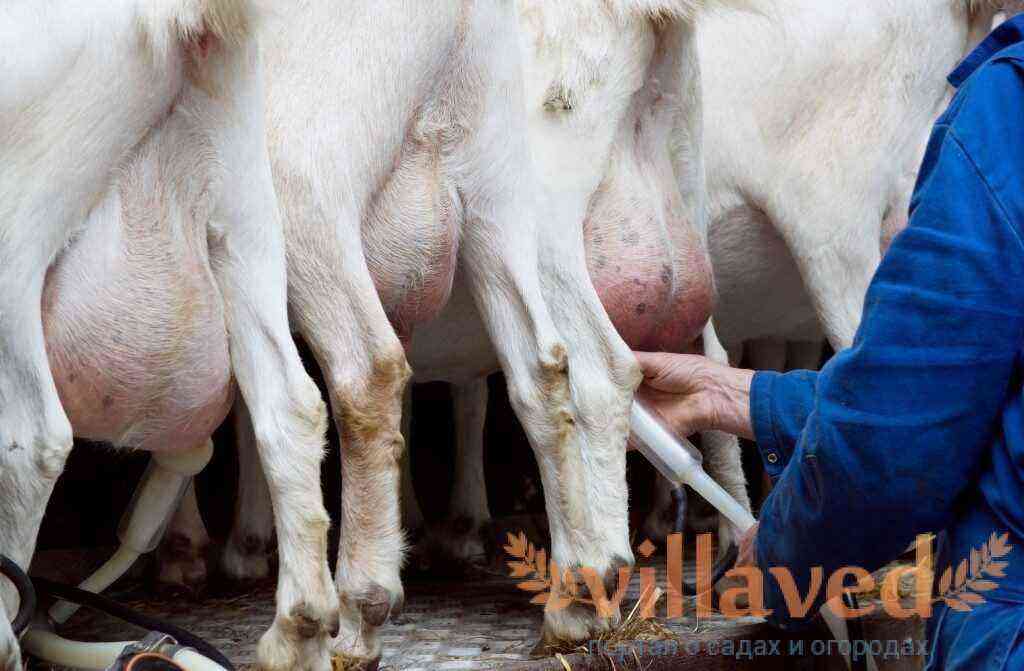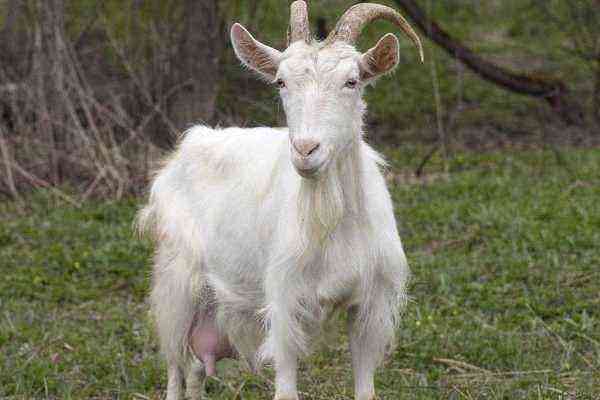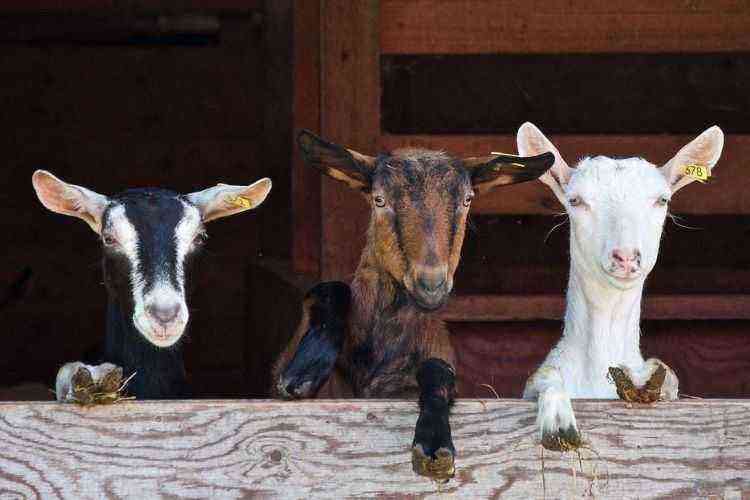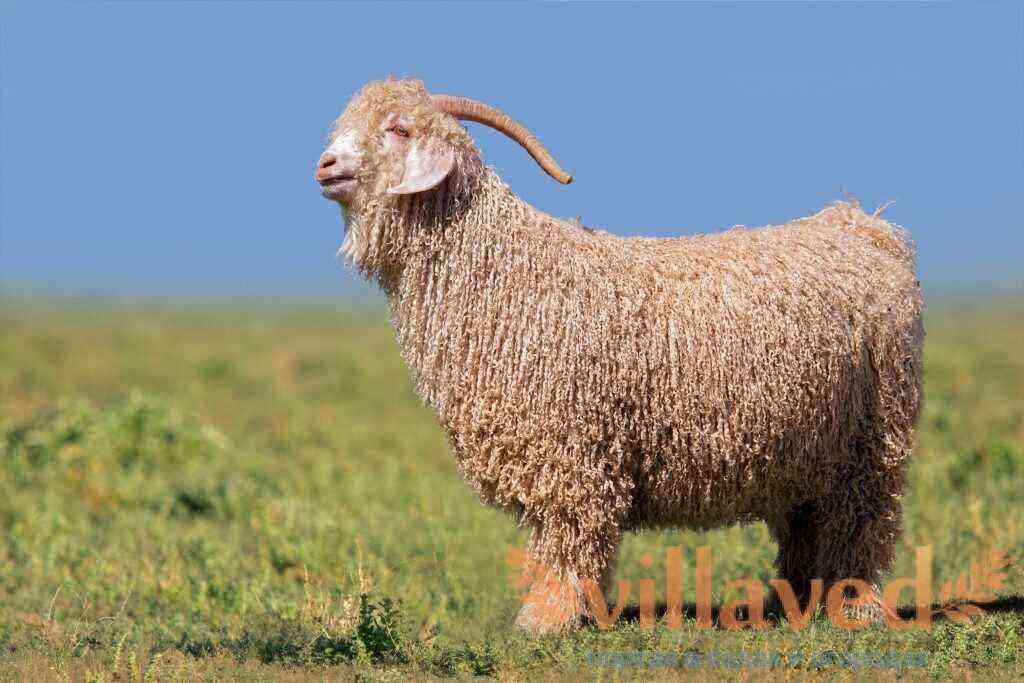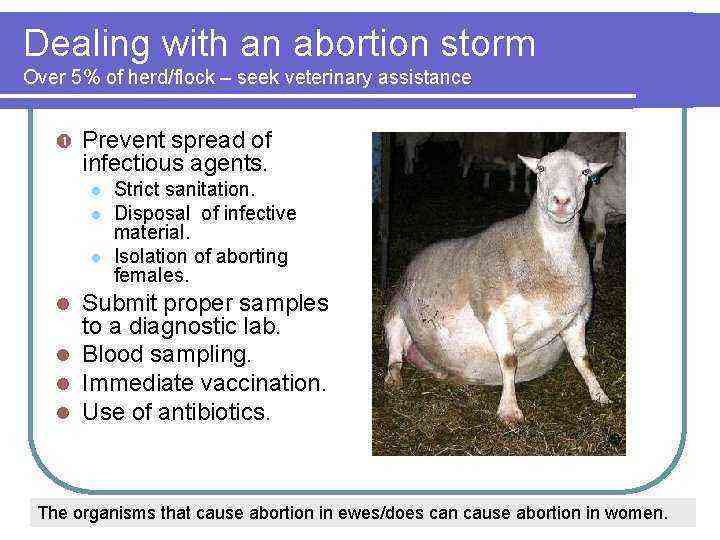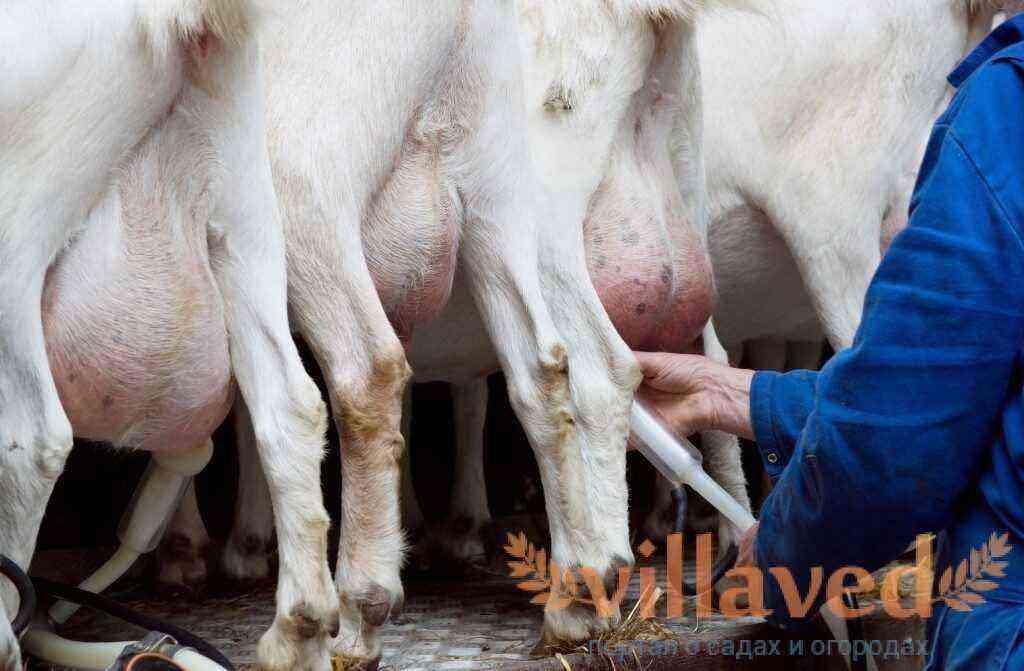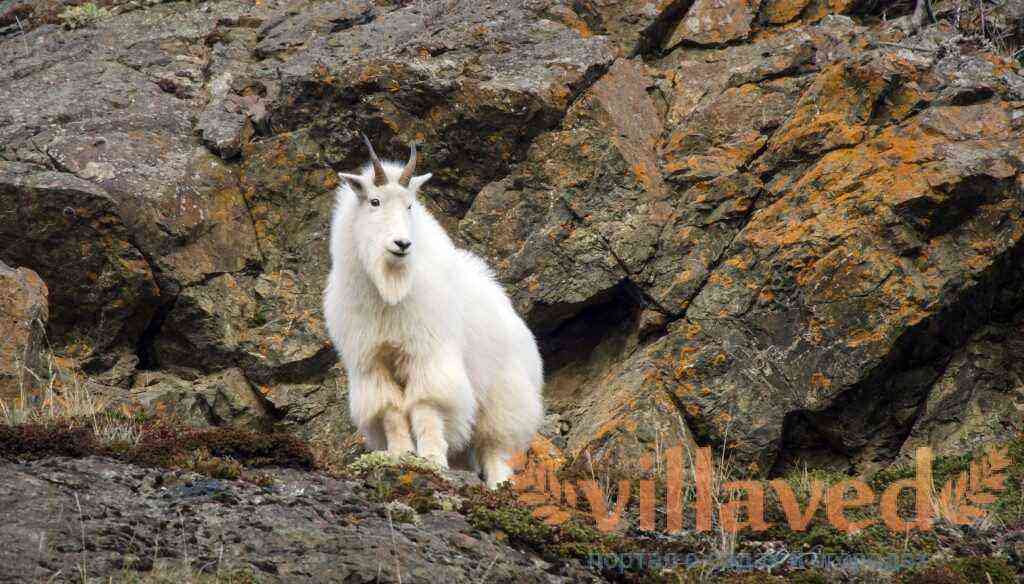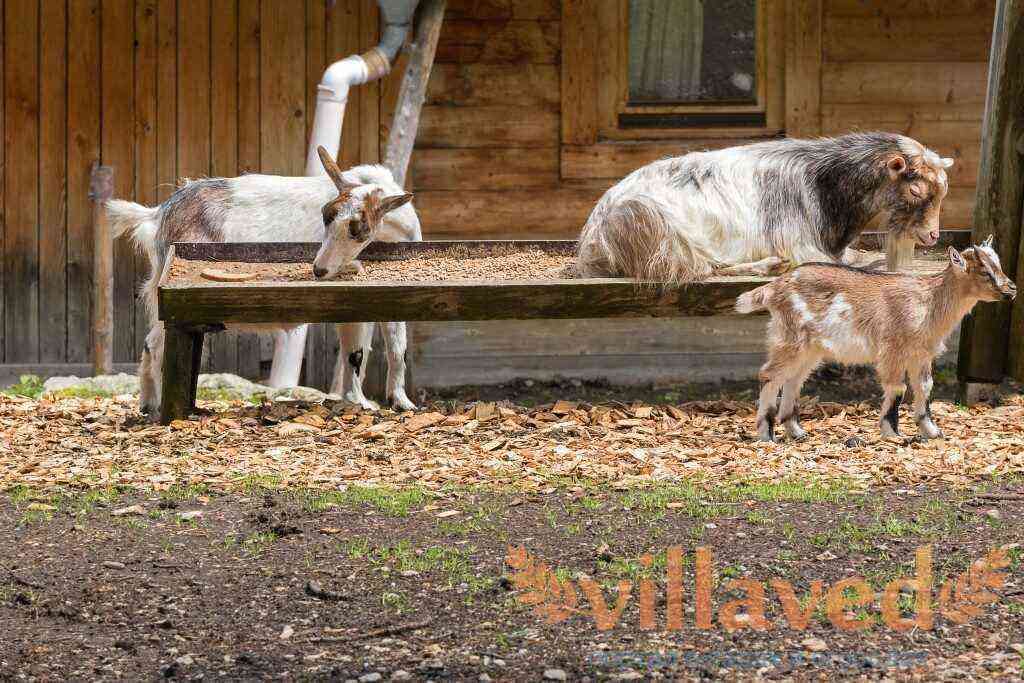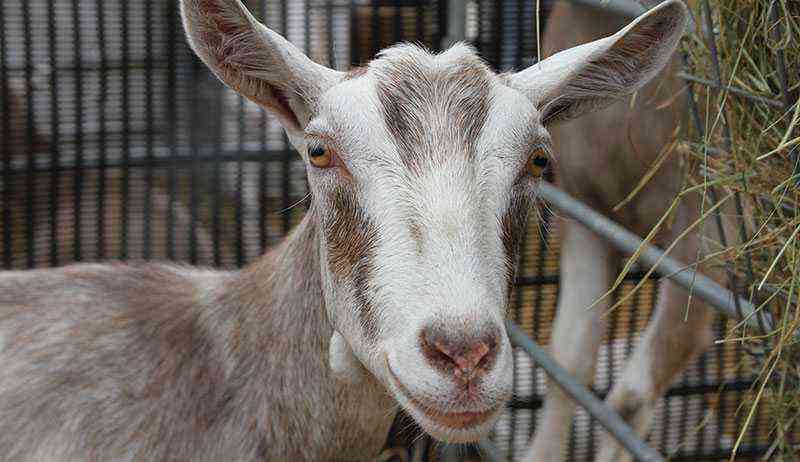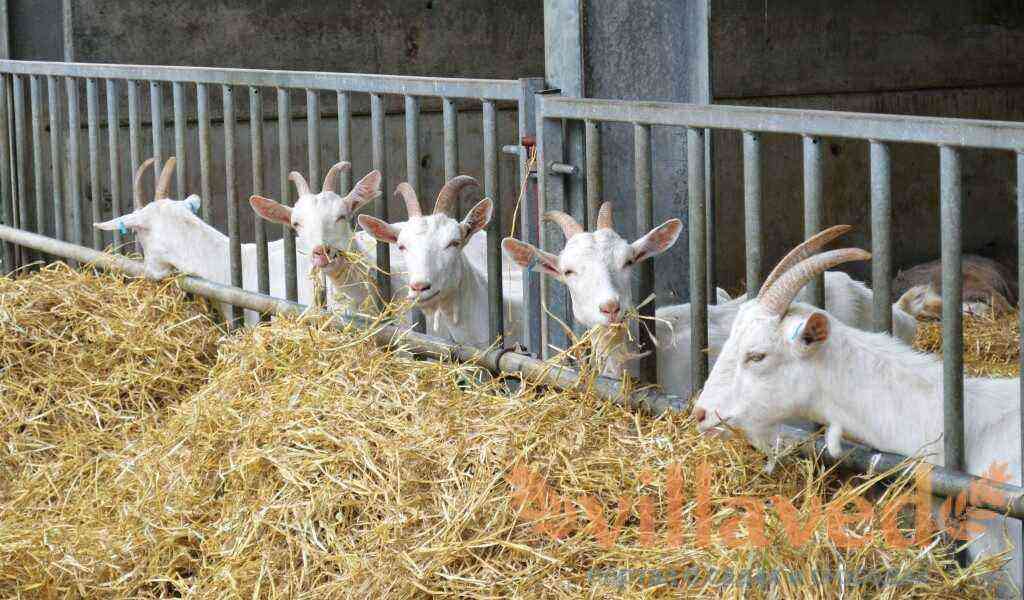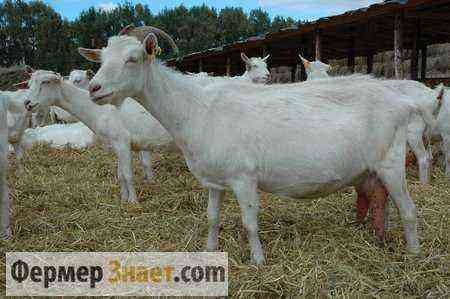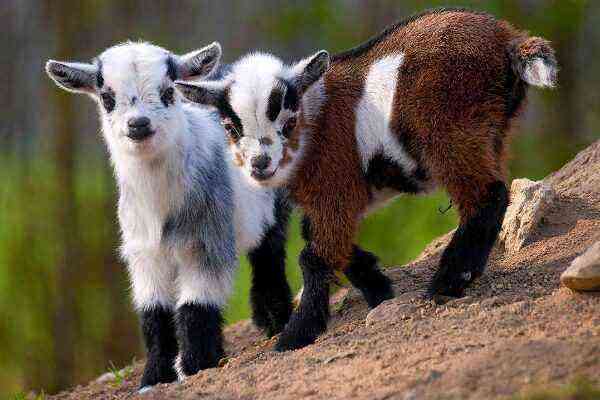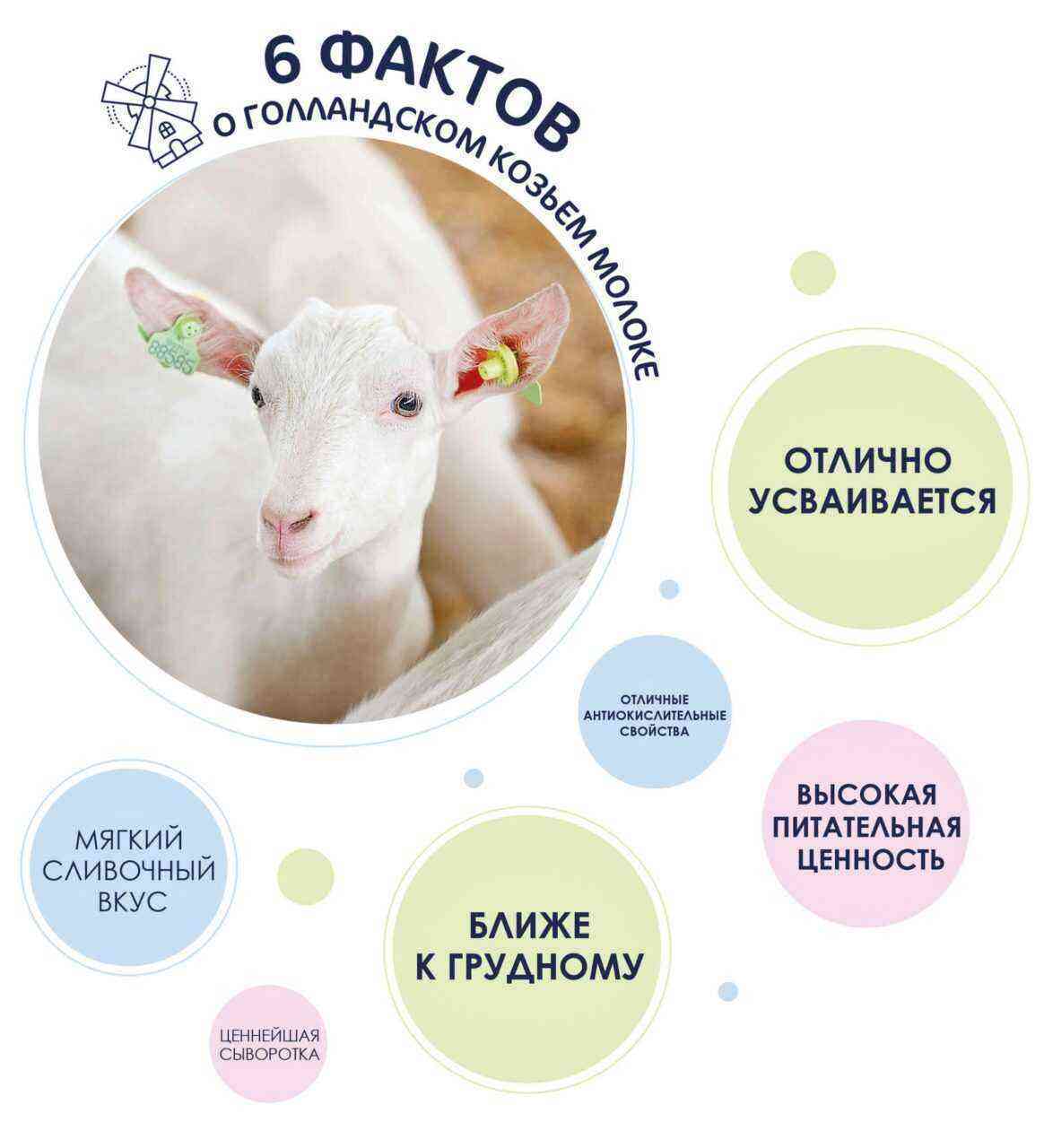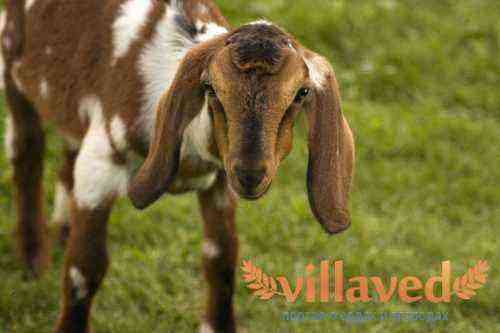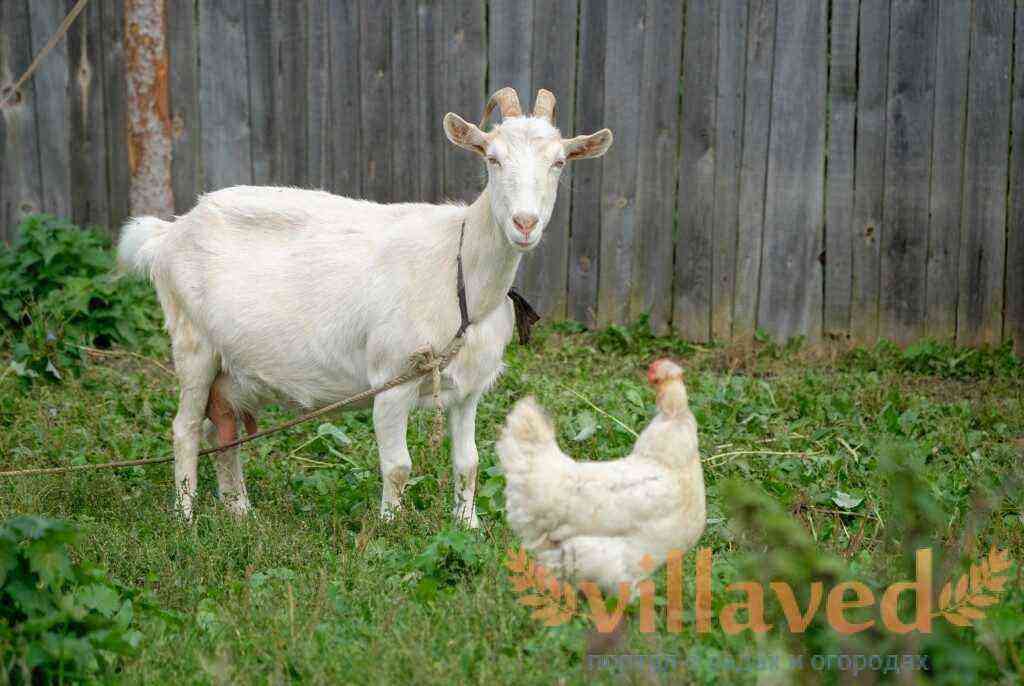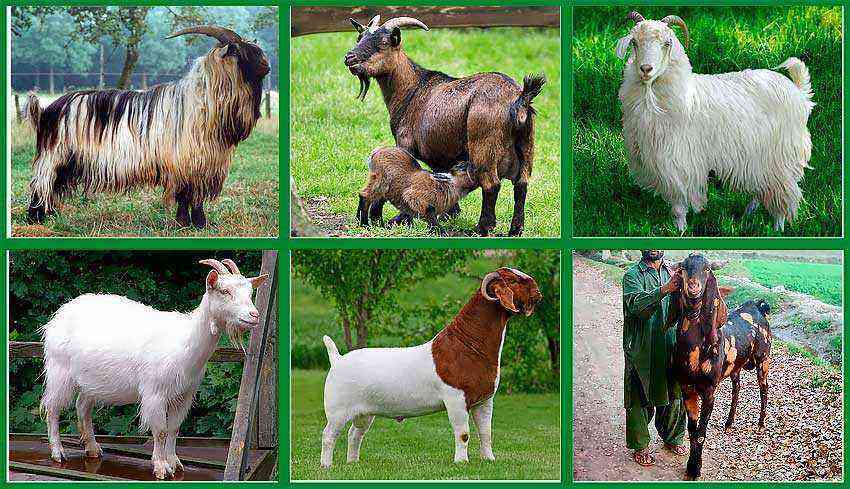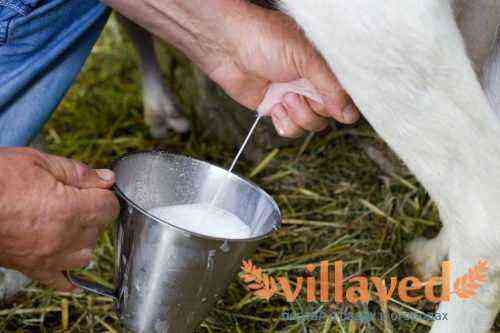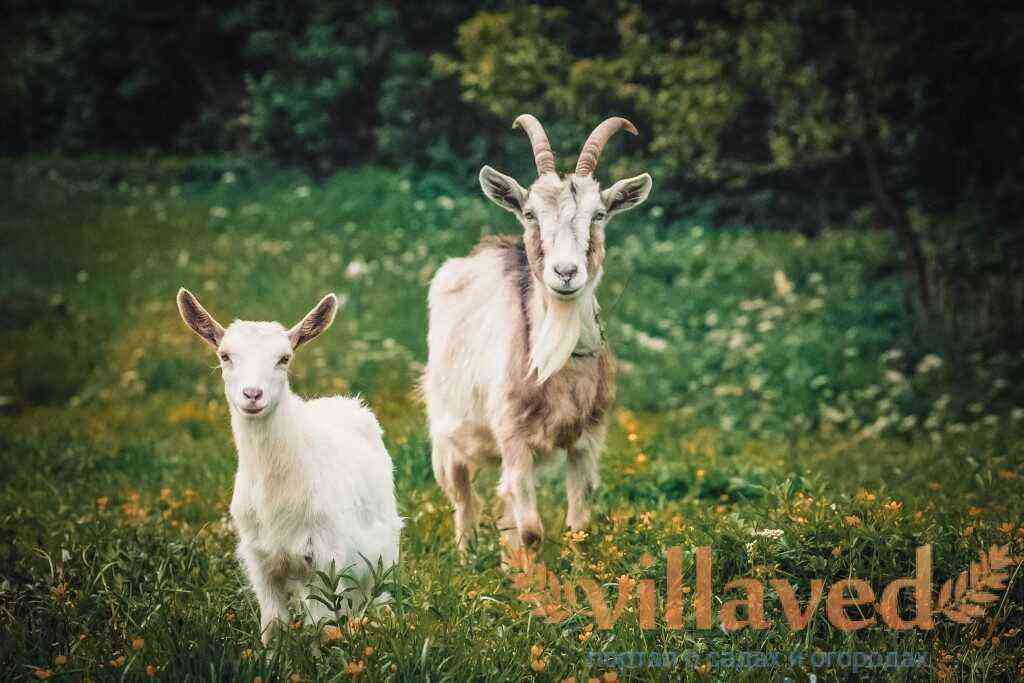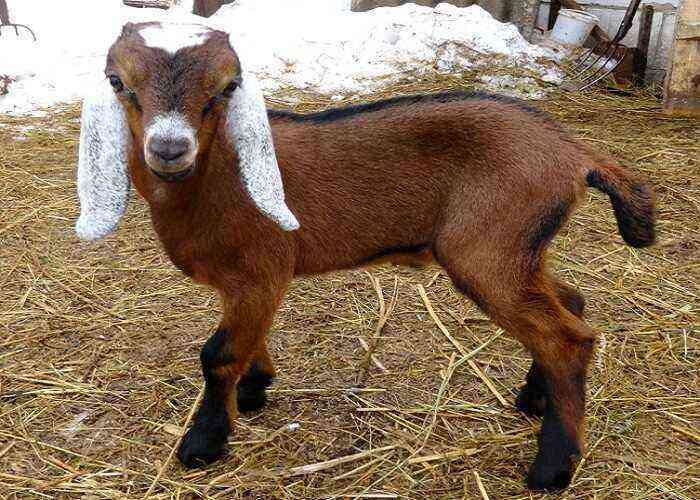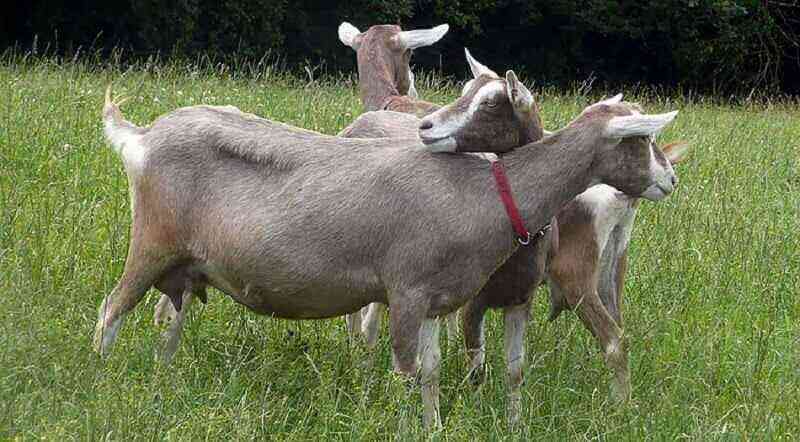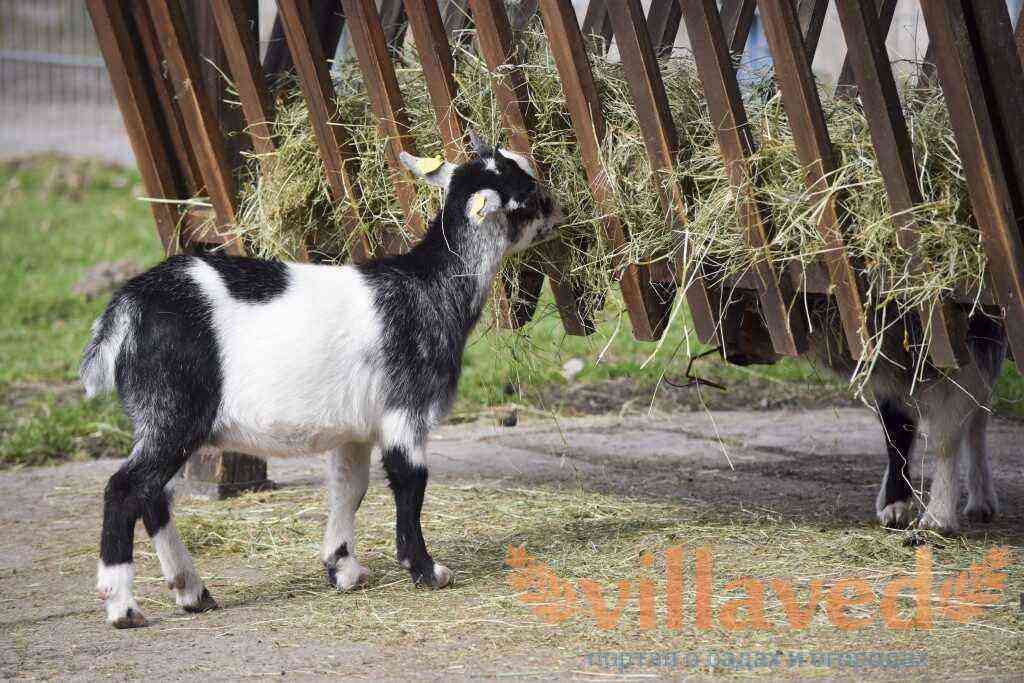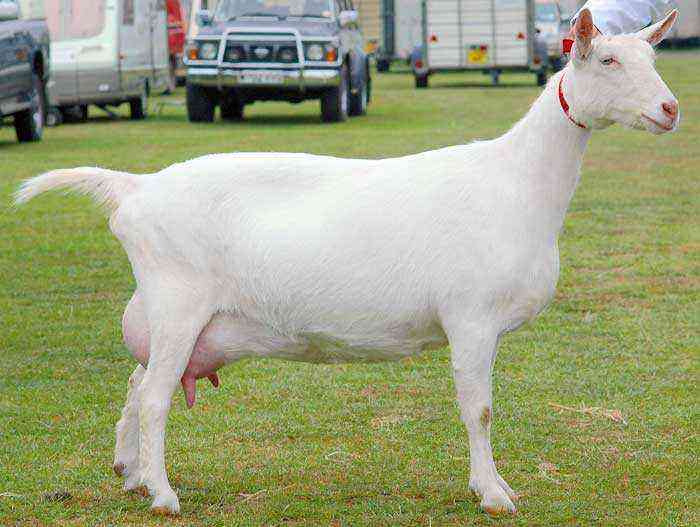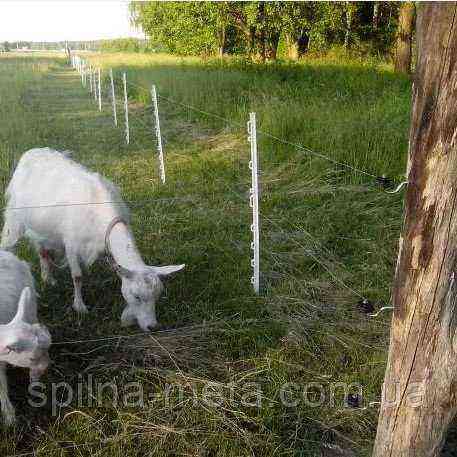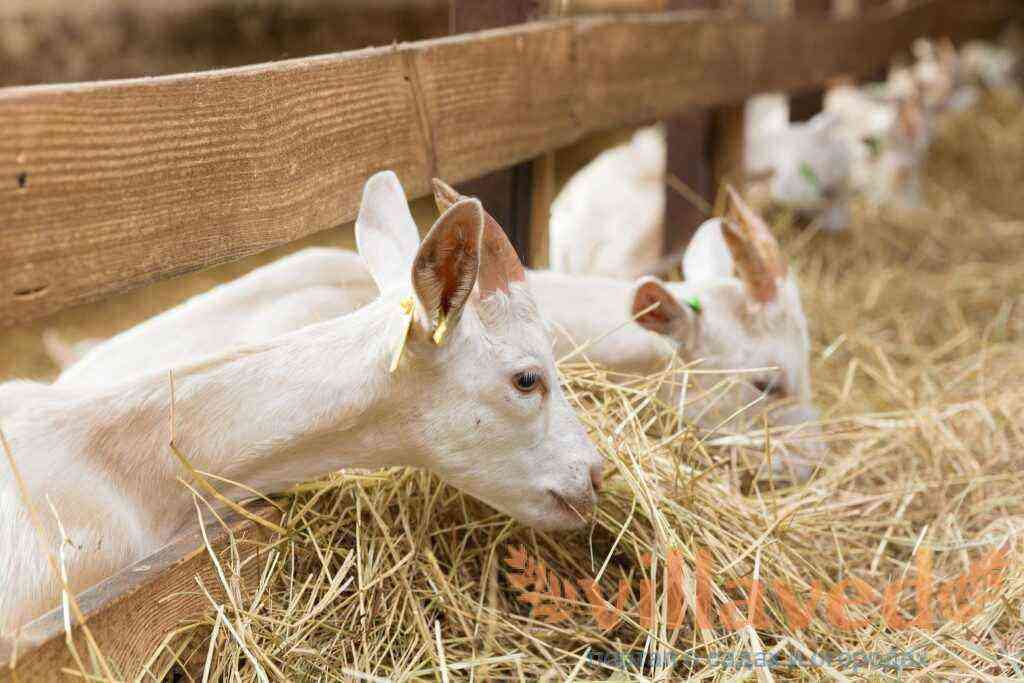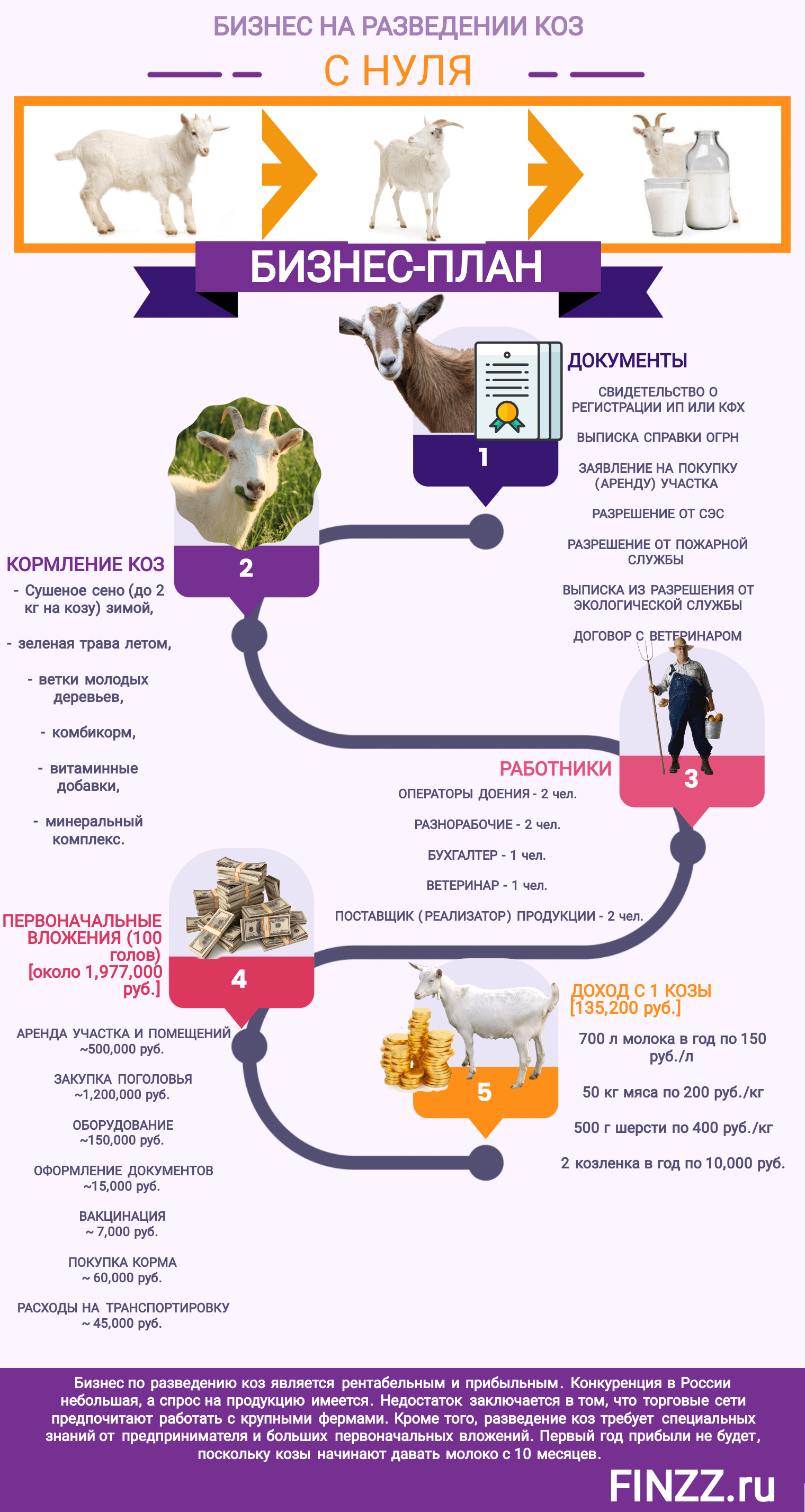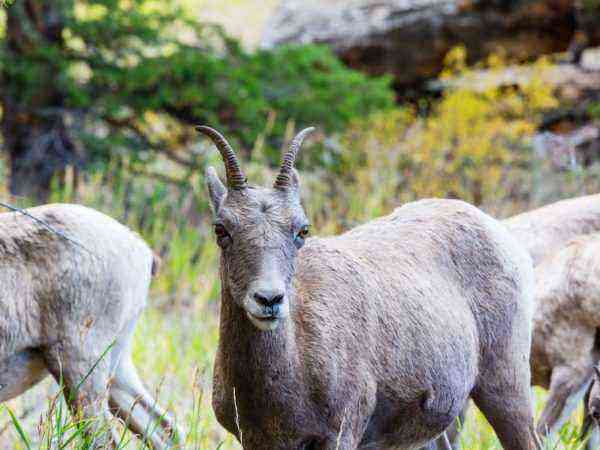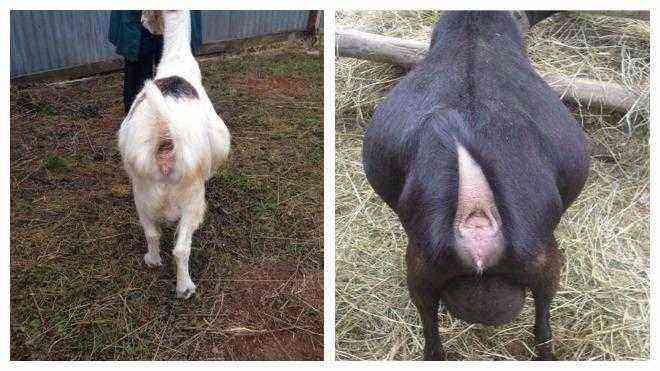Goat breeding is one of the most popular areas in animal husbandry, second only to sheep breeding. These animals are suitable for obtaining high-quality products for personal consumption, and will become the basis of a profitable business. From them you can get a wide variety of popular products: meat, milk, manure, skins, wool and even fluff.
Breeding goats at home for beginners
Breeding goats at home for beginners will be a great chance to start your own business from scratch. Usually, keeping and caring for animals does not involve any difficulties, however, certain knowledge is still required for a successful start.
The content of the article:
Where to start?
Breeding goats at home is beneficial both for sale and for personal consumption. However, the success of the event largely depends on the correct choice of the breed of pets. Where to start for an inexperienced breeder? To begin with, it is worth deciding on the direction of the farm. At the moment, goat breeding has five areas of productivity:
- Meat. Goat breeds of this direction are grown exclusively for the sake of obtaining high-quality meat. Meat goats are distinguished by a voluminous belly, a rounded body and a raised udder. The main representatives of this direction: Kiko, Boer and Greek local. They quickly gain weight and are large in size.
- Dairy. These goats are distinguished by high milk yield (up to 1200 kg) and a long lactation period, which can last 1.5-2 times longer than goats of other directions. The udder of dairy goats is voluminous, almost does not subside after milking. Famous breeds of dairy goats: Toggenburg, Russian, Megrelian, Cameroonian, Saanen.
- Wool. A distinctive feature of woolly productivity goats is the presence of long (more than 20 cm) high-quality wool. It can be homogeneous or heterogeneous, semi-coarse or semi-thin. Popular representatives of the direction are the Soviet wool, Angora, Marash, Tajik wool, Uzbek breed of goats.
- Downy. These goats have a coat consisting of a coarse awn and down. Since wool contains a minimum amount of grease, when trimmed, it quickly breaks down into valuable downy fibers. Animals have an impressive size, developed skeleton and thick woolen cover. The best representatives of the down direction are the Don and Orenburg breeds.
- Combined (mixed). Animals of the combined direction are universal, since both meat and dairy products and down with wool can be obtained from them. However, the productivity of such breeds in all areas of productivity is much lower than that of the rest. If you opted for this variety of goats, pay attention to the Gorno-Altai, Azerbaijani coarse-haired and Balkan breeds.
Tips for a novice breeder before buying a breeding goat
Having decided on the breed of future pets, start looking for suitable options. Often, farmers start breeding goats on their own farms with the purchase of young animals, a pregnant female, or several grown animals. Experienced farmers do not recommend starting goat breeding at home with the purchase of a goat, as this can lead to unplanned losses. It is much more cost-effective to invite an experienced producer to mating. Do not buy goats older than seven years of age, as their productivity is already starting to decline.
To succeed in this simple task, choose healthy animals, with a well-fed physique and the right udder. Carefully study the pedigree, as performance is largely determined by heredity. Also, for breeding goats at home, it is not recommended to purchase closely related animals because of the likelihood of defects in future offspring. Animals must be healthy and active on examination; a smooth and shiny coat is also considered an indication of a goat’s well-being. Pay attention to the condition of the teeth, which should not have yellow or dark plaque.
Conditions of detention
In breeding and keeping on a personal farmstead, breeding goats show themselves as unpretentious animals. Despite the restlessness and mobility, they do not require large premises and easily get along with other guests of the farm. Goats are not afraid of low temperatures, so any unheated building or barn can be adapted for keeping. The only condition is the absence of moisture. Good ventilation is important for animals, as high humidity provokes the occurrence of respiratory diseases.
Goats are considered one of the most undemanding pets to keep. They easily adapt to climatic conditions and tolerate winter cold well. However, goats do not tolerate dampness and drafts.
Goats are friendly animals, so they can be settled in a common barn with other pets. They can be kept both on a leash and behind small fences. If two males live in the same barn, then it is better to settle them in separate stalls so that they do not see each other, but can freely observe other animals. Don’t make the stalls too narrow as the animal needs to be able to move around. This is especially important for dairy goats, whose milk yield is reduced due to lack of freedom of movement.
It is desirable to keep males separately from females, as their strong smell is transferred to milk. Playful pets prefer to sleep on plank hills, so if possible, build beds for them. Wide boards are suitable, which are laid in rows on the bedding in the barn. In severe winters, the walls are insulated with coniferous branches, the windows are covered with foil, and the bedding is made deeper. If the temperature in the barn does not fall below 8 degrees, these manipulations can be omitted.
Features of feeding
Any kind of pet requires a specially selected diet. Although goats are considered picky eaters, a balanced diet is key to good immunity and performance. Despite the similarity in content, goats are much more active than sheep, and their metabolic processes in the body occur faster, therefore they cannot be fed the same way. The diet is based on the age of the pets, the physiological state and live weight. It is important to provide goats with a balanced diet throughout the year, and not just during the grazing period.
pasture feeding period
Fresh grass is considered the main ingredient in feeding goats in the warm season. This natural type of food perfectly saturates the body of pets with the necessary nutrients, vitamins and minerals. Depending on the age and temperament of the animals, they graze on a leash or let them roam freely on pastures. When choosing a suitable place for grazing, pay attention to the number of trees in the shade of which animals will hide from the heat, and places for watering. Some breeders prefer to grow early grasses in the pasture so that the goats can be grazing as early as the beginning of spring.
Usually goats at this time eat at least 2.5-3 kg of grass per day. For better milk yields, experienced breeders are also advised to add grain feeds, such as oats and barley, to the diet. Top dressing should be carried out immediately before grazing and should not exceed 1 kg of grain. To saturate the body with proteins and vitamins, you can offer pets a small amount of raw vegetables and legume hay at night.
Winter diet
You need to worry about the full nutrition of goats in winter in advance. In order for the body to receive all the necessary nutrients, the animal must receive at least 2.5 kg of roughage and 1.5 kg of hay per day. The basis of the winter diet is hay. The most useful is the forest or meadow of young plants. Grain and other feed should also be mixed with the main winter ingredient.
One goat for the period of stall keeping will need to prepare at least 500 kg of hay, and young animals – 350 kg. In some feedings, the main ingredient can be replaced with birch, linden or willow brooms, but they should not exceed half the daily hay norm. Branch fodder is harvested in June and is a storehouse of nutrients and vitamins. Despite the usefulness, such food is only half assimilated in goats.
Do not forget to regularly change the water in the drinkers to fresh water, as goats are prone to urolithiasis. In the first half of the day, roughage is fed to pets. Straw from legumes, beans, peas and lentils can be used as roughage. It should be calcined, flavored with concentrated feed and steamed. Before serving, chopped straw is cut into pieces about 4 cm, sprinkled with salted warm water and left in a box for a day.
In the afternoon, it is customary to treat pets with juicy food: potatoes, beets, cabbage. Root vegetables can be fed both raw and boiled. Goats are very fond of beetroot and carrot tops, which can be fed 4 kg per day. If necessary, concentrates are also added to the evening feeding menu (no more than 0.5 kg), but remember that in large quantities they can provoke urolithiasis. It is important to provide horned access to salt licks or to add table salt to food daily.
Goat breeding and goat care
Breeding females are very prolific, and each new litter brings an average of two to four kids. They reach puberty at six months, but experienced farmers do not recommend mating until the age of one and a half years. The period of pregnancy usually does not exceed 150 days, and lambing is easy and without complications. It is believed that kids born in winter and early spring have better health, so mating is best done in August-September.
You need to properly prepare for the event. A couple of weeks before the expected event, it is necessary to increase the amount of food for both the male and the female. Pick a time when the female will be in a state of hunting. This period lasts about 48 hours, but it is easy to calculate it by the characteristic behavior of a goat. She refuses to eat, becomes restless and nervous, often mekat.
Immediately after birth, the breeder can help the mother clear the mouth and nose of the newborn from mucus. Then, at a distance of 6-7 cm from the abdomen, the umbilical cord is cut and treated with iodine. If you are planning to keep kids together with the mother, then no special efforts are required from the farmer to grow them. Goats have a well-developed maternal instinct, so the kids will not need anything. However, it is worth remembering that in this case all the milk goes to feeding the kids.
If the breeding of goats for a novice livestock breeder is the main income, then immediately after birth, the kids are taken away and transferred to a separate barn. The cubs will still feed on mother’s milk for the first time, however, the farmer himself will have to milk the goat and feed the young. Babies are fed through a nipple for 10 days, then they are taught to drink on their own from a bowl. The first month the kids are fed 4 times a day, then transfer to three meals a day. Milk porridge can be gradually introduced already at two weeks of age, compound feed – at 22-25 days.
